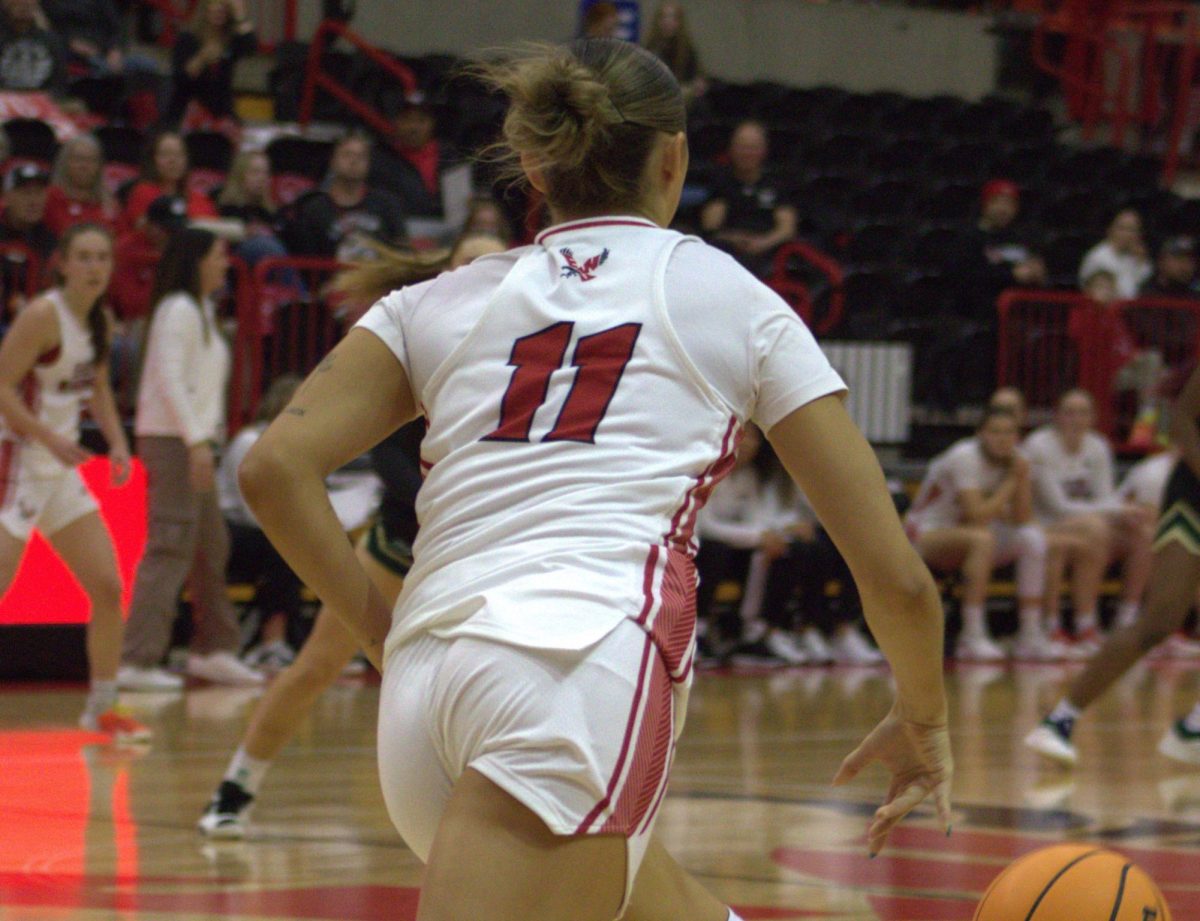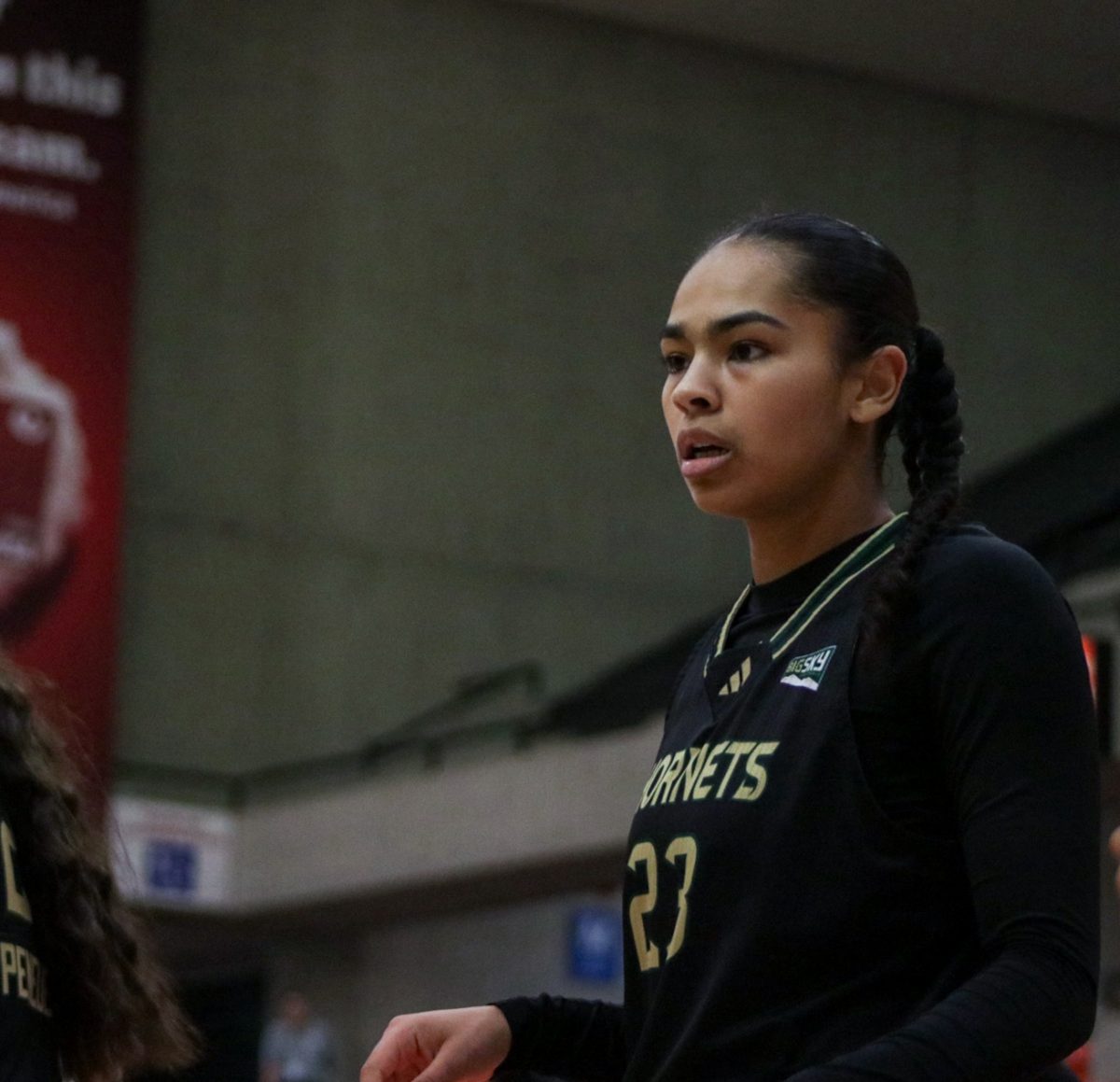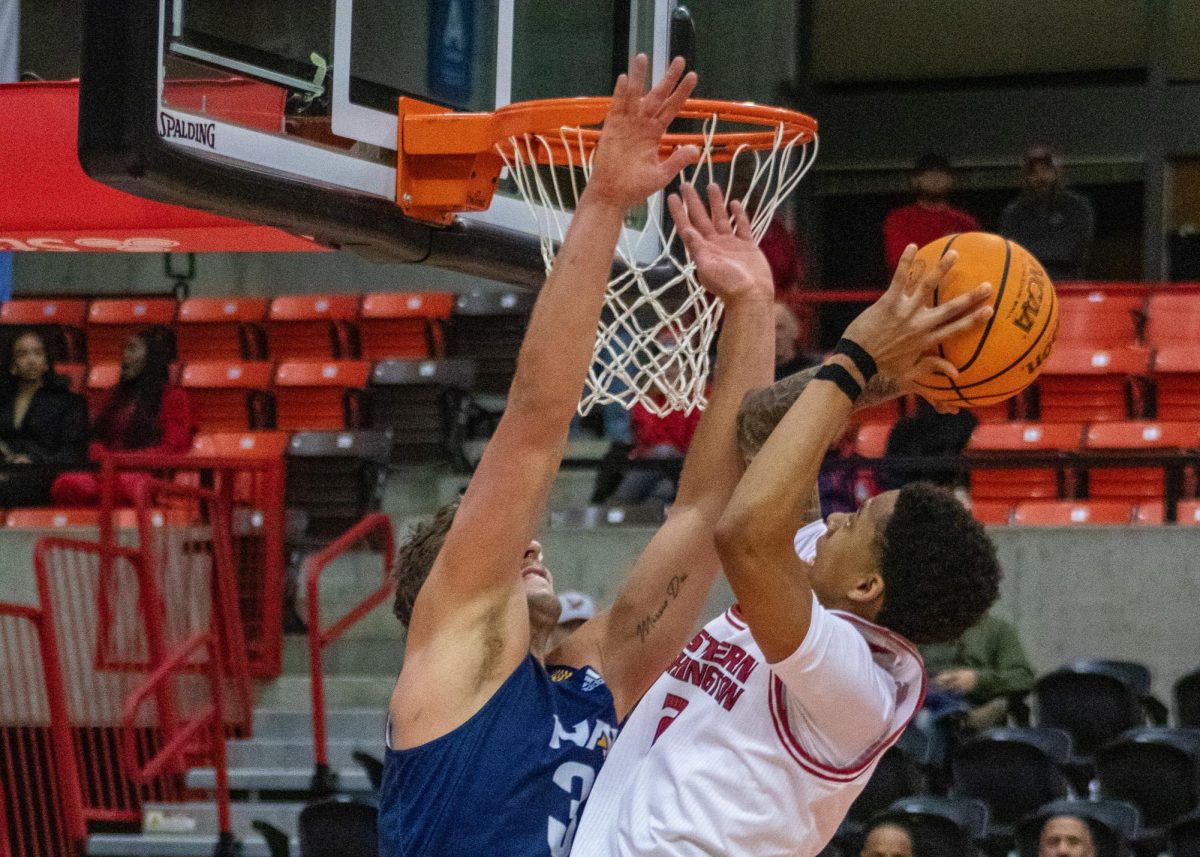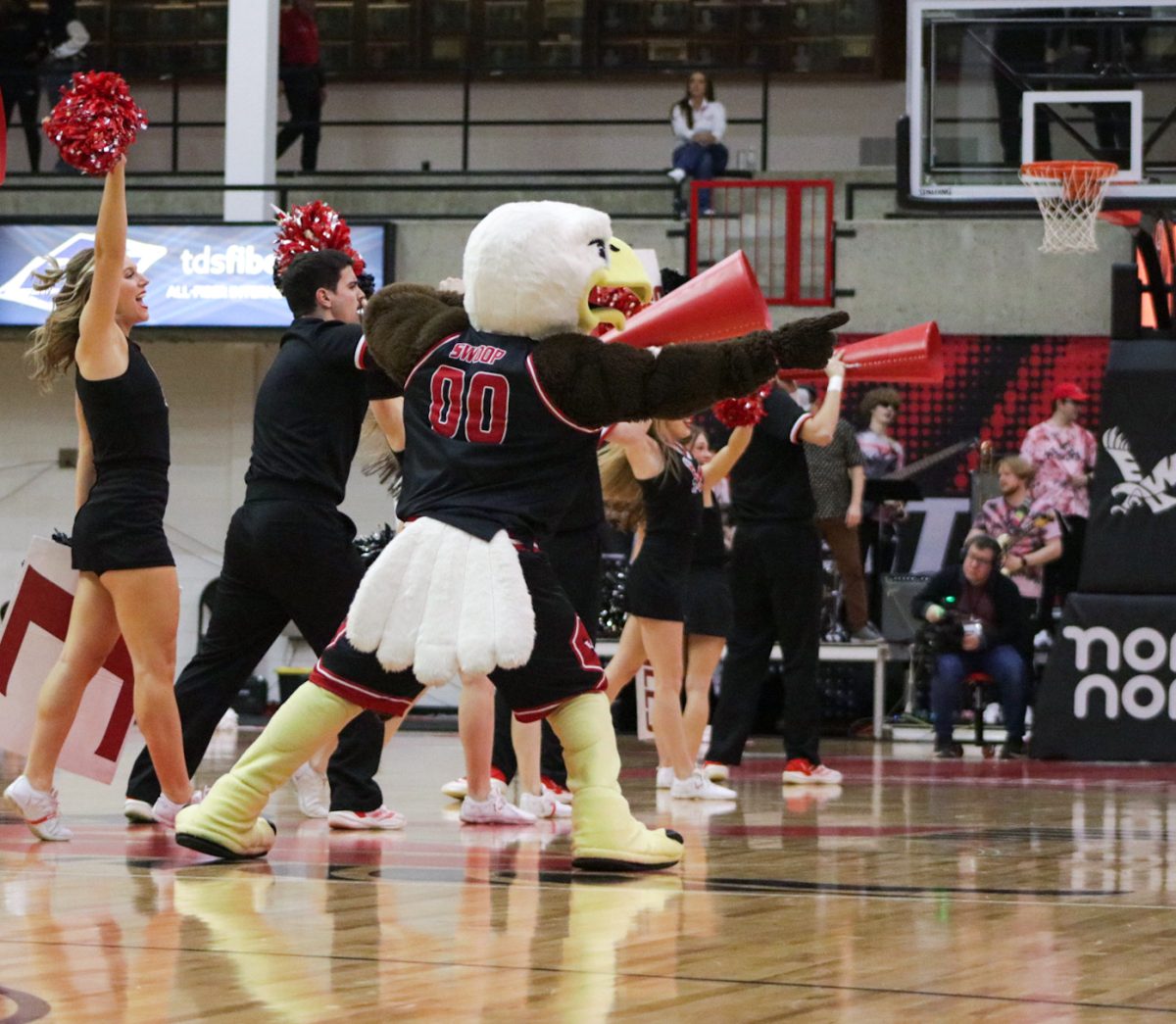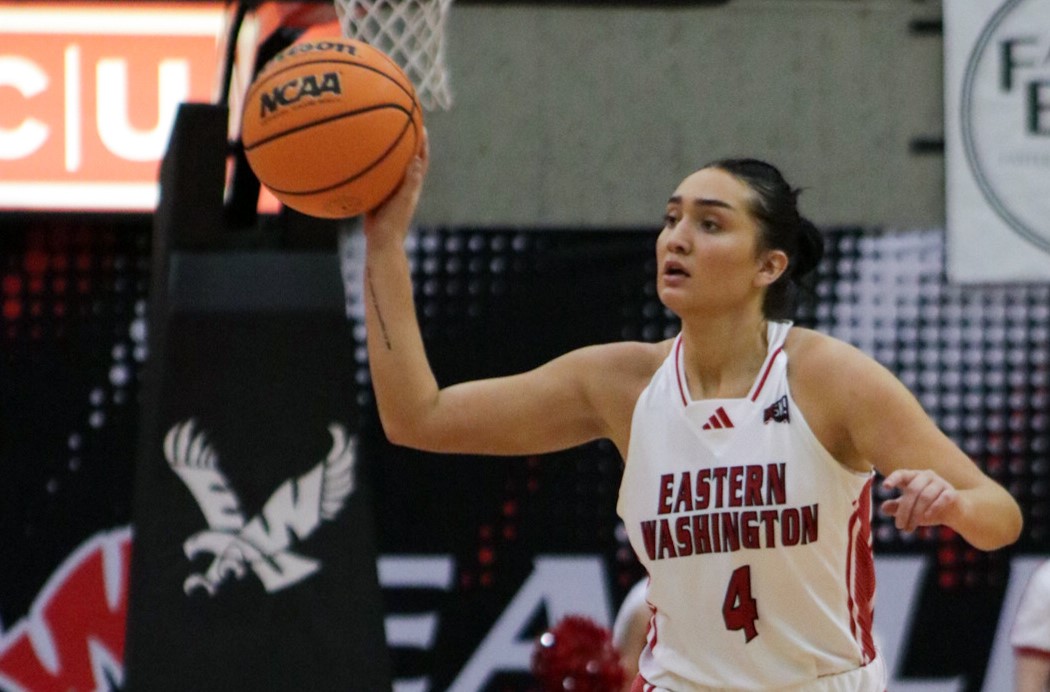By Amye Ellsworth
staff reporter
amyeellsworth@gmail.com
Head golf coach Brenda Howe is excited about adding more depth to her players’ abilities through friendly inter-team competition.
“Within the team, there’s a little more competition for traveling spots. That has improved us on a competitive level,” said Howe. “It’s not just a given that you get to go on a trip.”
Of the team of seven, five players’ scores get counted during competitive play. According to Howe, the top three spots are very consistent but the four and five positions tend to fluctuate.
“Our top three players are better than they’ve been in the past. We just haven’t been able to connect on that four and five spot,” Howe said. “It seems like we have two high scores per round that we really need to get lower, and unfortunately, you have to count one.”
Howe said this disconnect is forcing the players to work harder. “When there’s that chance that [they] may not travel, they work the hardest I’ve seen in three years,” she said.
Noticing this, Howe has re-evaluated her coaching methods. Previously, she believed a smaller team would be best because everyone would always get to play competitively.
“As I’m getting into my fourth year [of coaching], I’m realizing that depth is more important. I’m really trying to bring in more bodies to create that inner team competition,” she said. “In the past, we haven’t really had that.”
Freshman Marissa Borja does not mind the competitive aspect. “I feel like the competitive spirit is what keeps us going. I kind of like the competitiveness between us,” she said.
Borja has been playing competitively since age seven, so this atmosphere is not a big change for her. However, she is still trying to adjust to the climate.
“I’m from California, so that was a big change. I don’t have these kind of winters,” she said. “We have to work with what we have. We haven’t been [outside] in quite awhile.”
During the winter months, the team practices at an indoor facility that has a putting green and two hitting stalls. They also make trips to the Tri-Cities, Wash., on the weekends.
In contrast to Borja, senior Jayme Carbon is able to build off of her three years of collegiate experience. Carbon has played many of the courses multiple times, and she plans on using this to her advantage during her final spring season.
“This whole spring will be pretty familiar as far as courses. I’ll know where the trouble spots are on the course and where I can be more aggressive,” Carbon said.
Carbon plans to use her knowledge to help some of the less experienced players. “During our practice rounds, the goal is to get a feel for the course. I can help [the freshman] on what holes may be deceiving in terms of hazards,”she said.
This, according to Carbon, will help calm some of their nerves. Borja admitted she initially struggled with nervousness during the fall season.
“I had a lot of nerves in the beginning. It was a big change from high school to a collegiate sport,” she said.
Borja has been adjusting well. She ended the fall season tied for the best score on the team. Both Borja and Carbon had a season total of 7-over-par. Borja’s strongest finish was at the Washington State University Cougar Cup Invitational, where she placed 30th out of 86. Carbon placed 18th out of 74 at the Rose City Collegiate Invitational.
Women’s golf will begin their spring season on Feb. 11 in Chandler, Ariz.






